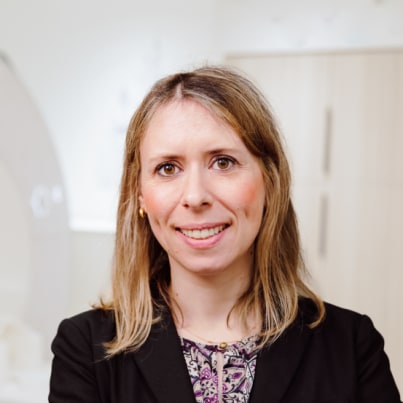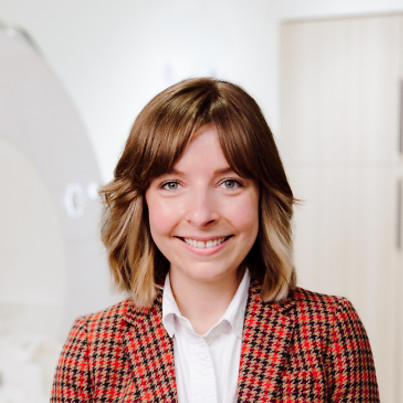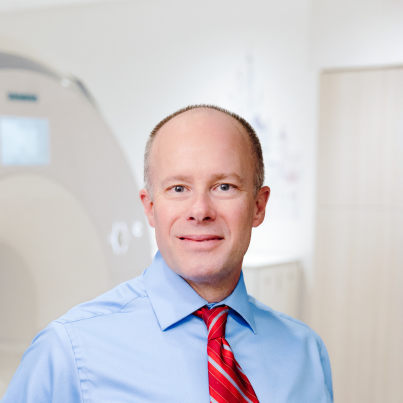Groundbreaking Neuroscience Research
The Institute for Human Neuroscience is revolutionizing child and adolescent brain research. We are the only site in the world with two next-generation Magnetoencephalography (MEG) Neo systems, the world’s leading institute for scientific publications utilizing MEG technology each year, and the leading research entity in the United States for federally funded MEG research.
Pediatric Brain Health
The Center for Pediatric Brain Health focuses on advancing and expanding neuroimaging and brain health research in children and adolescents. Our goal is to identify key markers of brain health and disease in children and track how these markers change as children develop into adolescents and young adults.
What is a MEG?
MEG (magnetoencephalography) technology uses very sensitive magnetic sensors that are configured within a helmet to measure human brain function. The technology is noninvasive and totally silent, and unique in that it can measure what is happening in the brain at a millisecond level. This high temporal precision allows researchers to image the brain as cognition evolves, thereby allowing dynamic maps of neural activity to be created.
What is fMRI?
fMRI (functional magnetic resonance imaging) is a novel method that allows a high-performance MRI system to be used to measure brain function with high spatial precision. MRI is typically used to measure brain structure. Investigators in the Institute for Human Neuroscience often combine MEG imaging with both fMRI and structural MRI (i.e., multimodal imaging) to get the most advanced information on brain structure and function.
What is OPM?
OPM (optically-pumped magnetometry) is the first wearable MEG device that will allow researchers to study brain activity of small children and populations of individuals that have physical difficulty sitting still. This state-of-the-art equipment allows scientists, for the first time, to study how brain structure affects brain function and that development through the first few months of human life. Including identifying patterns of certain medical conditions within the brain of young children.












